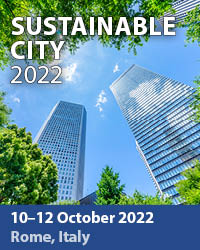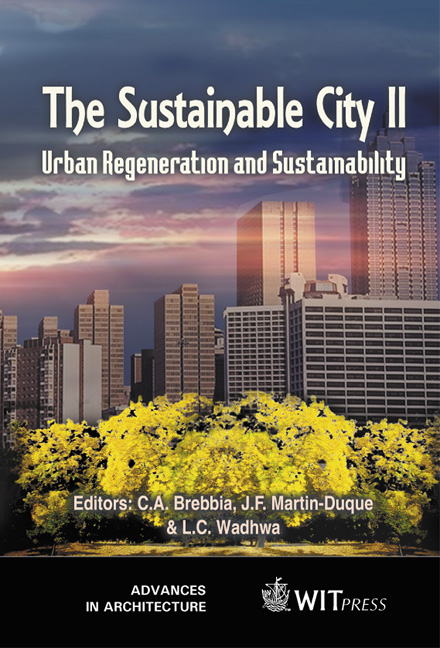Design Of An Urban Solid Waste Transport System
Price
Free (open access)
Transaction
Volume
54
Pages
Published
2002
Size
416 kb
Paper DOI
10.2495/URS020861
Copyright
WIT Press
Author(s)
R A Garrido
Abstract
The objective of this article is to present the design of a non-hazardous solid waste collection system in an urban context. The system is formed by three activities: optimal location of transference centers, optimal location of sanitary landfills, and flow distribution over the urban transport network in order to minimize the total cost for the whole operation. The total cost is formed by transportation costs and opening costs for centers and plants. A strategic mathematical model is developed to simultaneously solve the location and distribution problems described above. The model is a mixed continuous-integer programming model that gives the number and location of transfer centers and sanitary landfills as well as the flows and routes followed by the waste from the generation centers (typically residential areas and industrial zones) to the final destination in the transformation plants. The model was applied to the city of Santiago, Chile. The model was solved using a heuristic approach which gave a solution less expensive than the one currently being used in the city. 1 Introduction Urban population has been increasing in many developing countries due to the expectation of better job and educational opportunities. The latter, plus the industrial development and the current consumption patterns, have led to an increase in the generation of residential solid waste (RSW). For example, in 1987 the per capita RSW production in Santiago de Chile was 0.63 kg/inhabitant-day, whereas currently this figure is closed to 1.4 kg/inhabitant-day; this rapid increase has had enormous effects on the logistics needed to dispose the RSW generating high cost both private and public.
Keywords





